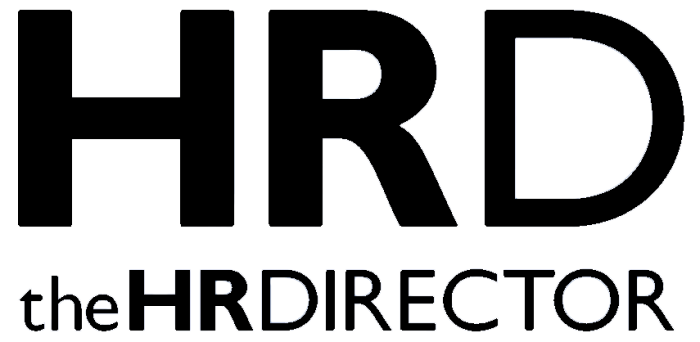The role that women play in the workforce cannot be understated and it is known by many business leaders, yet efforts to bridge the gender equity gap need more intentional action and momentum if we are to meet the 2030 Sustainable Development Goal (SDG) target “Achieve gender equality and empower all women and girls,”
As things currently stand, we will achieve global gender parity in 134 years, around five generations beyond the 2030 goal. But there is hope on the horizon. With more organisations shifting to skills-based decision-making, there is a tangible, data-driven way to bring growth opportunities to all workers, no matter their gender (or other factors).
Technology innovation needs equity
The equity gap is particularly acute in technology. The truth is that women represent only a third of the global technology workforce. With technology permeating every part of our lives, it’s vital that we address the technology gender gap to ensure it is representative of the entire population. Moreover, inclusive organisations are 73% more likely to have revenue from innovation, 70% more likely to capture new markets and 36% more likely to have above-average profitability.
Skills data supports inclusivity and diversity
HR leaders play a pivotal role in developing proactive ways to offer opportunities to every employee, no matter their gender or other factors. This has long been accepted, but now there is a new tool HR leaders can leverage in the form of skill data.
Bringing skills data into career progression and upskilling conversations is an effective way to offer opportunities to employees who may otherwise not have them due to a lack of visibility or unconscious bias. For example, skills data can feed into talent marketplaces to match workers with relevant opportunities. Historically, such opportunities may only have been open to employees that the hiring manager directly knew, making networking and watercooler chat across departments incredibly important. It was also highly dependent on a manager’s perception of an individual. With data driving internal mobility, marketplaces are more equitable and hidden talent can be uncovered.
Upskilling opportunities can be tailored to skill level, role progression and individual goals. Employees can get targeted support to grow their skills and careers. This can even extend towards mentoring and coaching, with mentors or coaches matched with workers based on their specific skill needs and career goals.
Performance conversations become more specific with managers able to access skill data to augment their advice and the opportunities offered to their direct reports. Such feedback can also become part of regular check-ins, instead of having annual performance reviews.
Conversely, skill data provides a dynamic and timely source of insight which is updated whenever someone completes a course, instructor-led training, virtual lab or simulation, or other learning content. This is the ideal complement to annual performance data or ad-hoc skill updates when someone is seeking a new opportunity (such as updating their CV).
Using validated skill data
However, not all skill data is made equal. For managers to trust in employee matching and recommendations, they need to know that the data the algorithms are using is accurate, timely and unbiased. Self, peer and manager review data, and skill inference isn’t suitable for use in life-changing career decisions. In such cases, validated, performance-based skill data is needed. Data that has been generated from someone completing a task or using technology to the necessary level. For instance, successfully building a database or defending against a cyber-attack. You don’t want to be testing people in the heat of the moment, which is where virtual labs come in as a safe, non-production environment where people can complete tasks that mimic real-world scenarios.
Beyond data: creating the right culture
While skill data can go a long way in levelling the playing field for workers, building the right culture and workplace environment will also help to attract and retain more female technology professionals. Strategies to achieve this include:
- Recognising female talent: Championing and acknowledging strong female performers in meetings, leadership discussions, and internal promotions, even when they are not physically present. To put it another way, “Say her name in rooms full of possibility.”
- Flexible work arrangements: Offering autonomy over work schedules to support work-life balance, a key factor in retaining female talent.
- Early pipeline development: Encouraging young women at the school level to explore careers in technology through mentorship programs, scholarships, and hands-on learning opportunities.
When technology is equal, everyone benefits
From school-level initiatives to C-suite strategies, equipping women with the skills and confidence to work in technology benefits everyone. Organisations gain the technical expertise they need, product development becomes more representative of the global population, and workplaces evolve to be more diverse and inclusive.
HR professionals are leading the charge in this transformation by integrating skills-based methodologies into career development and leveraging unbiased data to drive gender equity. By taking intentional action today, we can create a future where talent—not gender—determines career success.







